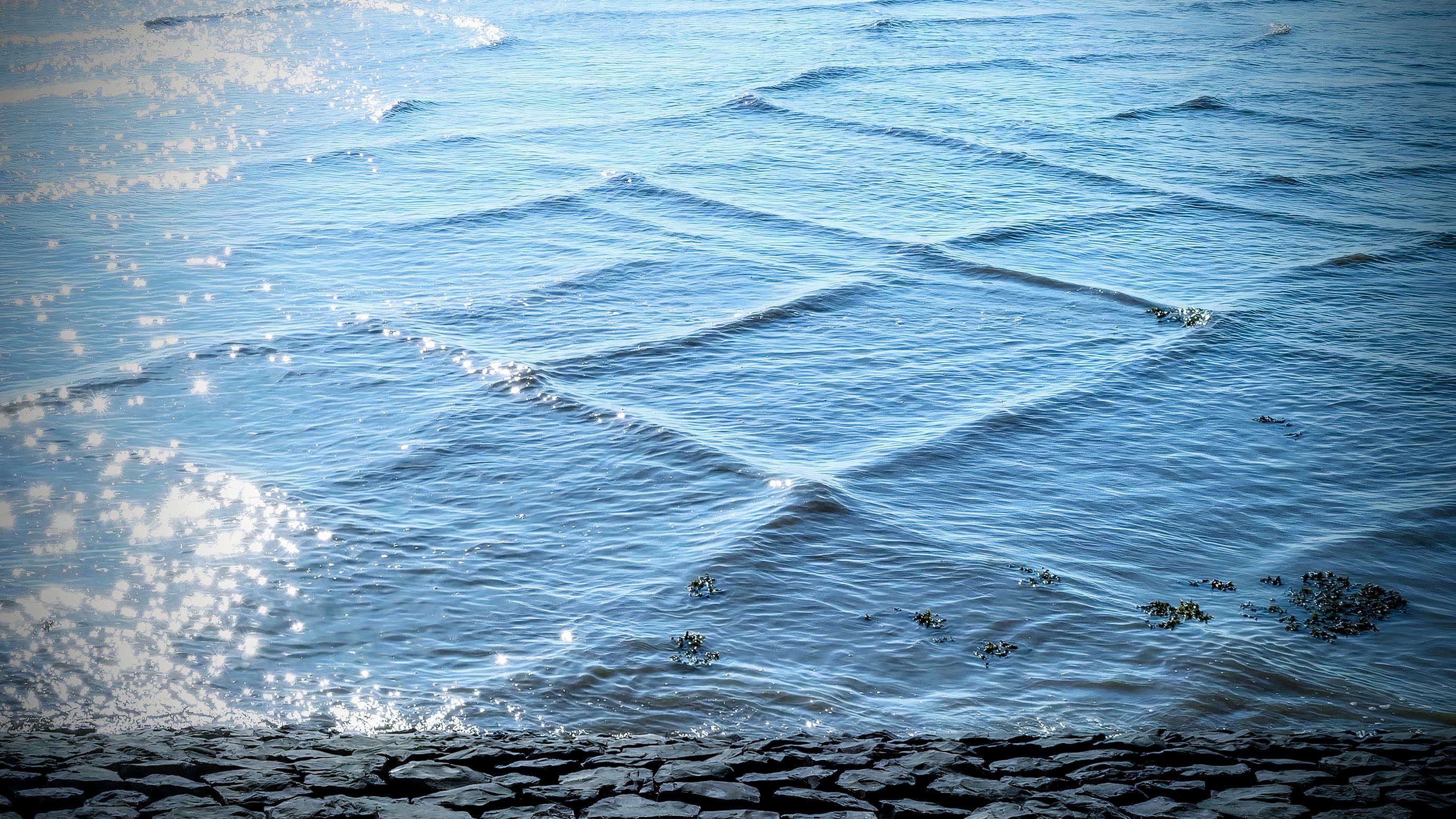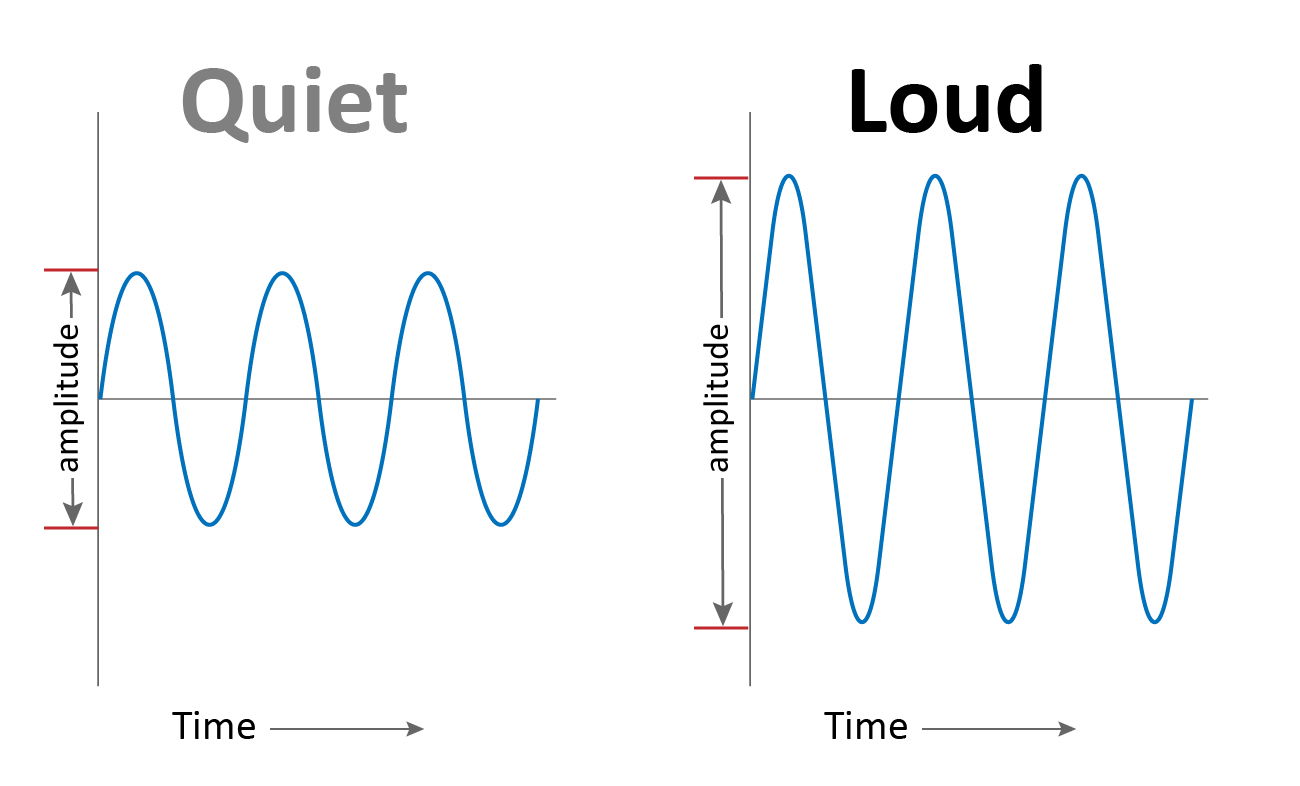Brilliant Info About Why Are Square Waves Louder

Unlocking the Mystery
1. The Basics of Waveforms and Loudness
Ever cranked up the volume on a synthesizer and noticed some sounds just seemlouder? You're not imagining things! A big culprit behind this perceived loudness is often the waveform itself. Think of sound waves as different shapes riding on the air. Some are smooth and gentle, like a sine wave, while others are jagged and abrupt, like our friend the square wave. But whats the link to volume?
Loudness, as we perceive it, isn't just about the peak amplitude (the highest point of the wave). It's more about the overall energy delivered to our eardrums. And this is where square waves start to shine (or, should I say, roar?). They spend a significant portion of their time at their maximum amplitude, blasting out sound at a constant level. This constant high amplitude is the main reason behind their loudness.
Imagine it like this: you have two water hoses, one that shoots a quick burst of water and one that consistently sprays water at full power. Which one will fill a bucket faster? The one that's consistently spraying, of course! The square wave is like that constant stream, delivering a concentrated blast of energy to your ears.
Furthermore, our ears aren't perfectly linear devices. They don't respond equally to all frequencies at all amplitudes. This means that even if two waveforms have the same peak amplitude, our perception of their loudness can differ considerably. Square waves have a certain "bite" and harmonic content that contribute to this heightened perception of volume. In the following sections, we will dive deeper into this.
2. Harmonics
3. Deconstructing the Square Wave's Sonic Signature
Okay, so we know square waves are louder. But what exactly makes them louder? The answer lies in their harmonic content. Unlike a pure sine wave, which only contains a single frequency, square waves are packed with odd-numbered harmonics. What does that mean?
Imagine a sine wave as a single note played on a flute. A square wave, on the other hand, is like that same note, plus a slightly quieter version of the same note three times higher, another much quieter version five times higher, and so on, extending infinitely, although each successive harmonic becomes fainter. These additional frequencies, or harmonics, add richness and complexity to the sound.
Crucially, these harmonics contribute significantly to the perceived loudness. Think of it as a chorus of sounds reinforcing the fundamental frequency. Our ears interpret this harmonic richness as a greater amount of overall energy, leading to a louder perception. The energy is not just concentrated at the fundamental frequency. It is spread across multiple frequencies that our ears pick up on. This distribution contributes to the "fullness" of the sound and that impression of volume.
Furthermore, the presence of these harmonics can cause the square wave to "cut through" a mix more effectively than other waveforms. They can be heard clearly, even when competing with other sounds. This is because the harmonic frequencies occupy different parts of the frequency spectrum, making the square wave more audible across a wider range. This is particularly noticeable in electronic music where square waves are often used to create bold, attention-grabbing sounds.
4. Duty Cycle
5. Fine-Tuning the Square Wave's Sonic Profile
Now, let's talk about something called "duty cycle." The duty cycle of a square wave refers to the percentage of time the wave is in its "high" state (at its maximum amplitude) versus the total period of the wave. A perfect square wave has a 50% duty cycle, meaning it's high for exactly half of the time and low for the other half.
But here's a fun fact: you can actually change the duty cycle of a square wave! When you do this, it's no longer technically a square wave; it becomes a pulse wave. However, manipulating the duty cycle has a fascinating effect on the perceived loudness and timbre (the "color" of the sound).
As the duty cycle deviates from 50%, the harmonic content of the wave changes. Specifically, the even-numbered harmonics start to appear. These additional harmonics can further alter the timbre of the sound, making it brighter or darker depending on the specific duty cycle. Interestingly, as the duty cycle gets further and further away from 50% (approaching, say, 10% or 90%), the overall energy of the wave decreases. This leads to a decrease in perceived loudness because there is less energy being delivered to the eardrums.
Therefore, while a perfect square wave boasts a strong, loud sound, tweaking the duty cycle allows for a wide range of sonic possibilities. Think of it as having a volume knob, but one that simultaneously affects the color and intensity of the sound. It allows sound designers to sculpt waveforms with precision.
6. Perceptual Loudness vs. Measured Loudness
7. The Human Ear
It's important to distinguish between perceptual loudness (how loud something sounds) and measured loudness (how loud something actually is according to a measuring device). While a sound level meter might register similar dB (decibel) levels for a sine wave and a square wave, our ears might perceive the square wave as being significantly louder.
This is because our ears are complex, non-linear instruments. They don't respond equally to all frequencies at all amplitudes. We're more sensitive to certain frequencies than others, and the presence of harmonics, as we discussed earlier, can greatly influence our perception of loudness. Remember, square waves are rich in harmonics. The higher the harmonic distortion, the louder our ears will interpret the signal. The equal loudness contours also plays a role.
Think of it like this: a perfectly balanced meal might have the same number of calories as a sugary snack. But the sugary snack will give you a much more immediate and intense sensation of sweetness, even though the calorie count is the same. Similarly, the harmonic richness and energy distribution of a square wave creates a more intense sensation of loudness than a sine wave, even if their measured dB levels are similar.
Ultimately, understanding the difference between perceptual and measured loudness is crucial for sound engineers and musicians. It allows them to make informed decisions about how to create sounds that are both impactful and pleasing to the ear. So, while a sound level meter is a useful tool, always trust your ears. They're the ultimate judge of what truly sounds loud and satisfying.
8. Square Waves in Action
9. From Synthesizers to Video Games
So, where do you actually hear square waves in action? Everywhere! They're a staple in electronic music, video game soundtracks, and even some types of speech synthesis. From gritty 8-bit sounds to the smooth pads in modern EDM, the square wave has proven its versatility time and time again.
In video games, square waves are often used to create simple, retro sound effects, like explosions, laser blasts, and coin collection sounds. Their distinct, buzzy tone is instantly recognizable and evocative of classic gaming consoles like the Atari and Nintendo. In electronic music, square waves are employed in a wide range of genres, from chiptune and synthwave to techno and house. They can be used to create basslines, leads, pads, and even percussive elements.
Many famous synthesizers rely heavily on square waves, including the Minimoog, the Roland TB-303, and the Yamaha DX7. These instruments allow musicians to shape and manipulate the square wave's characteristics, creating a vast palette of sounds. The TB-303, famous for its squelchy acid house lines, is essentially built around the square wave's distinctive sound.
Beyond music and gaming, square waves can also be found in various other applications. They're sometimes used in audio testing and calibration, and even in certain types of medical equipment. Their unique properties make them a valuable tool in a wide array of fields. From simple alert sounds to complex musical arrangements, the square wave continues to play a significant role in shaping the sounds of our world.

The Magic Of Square Waves A Mysterious Natural Phenomenon YouTube
Frequently Asked Questions (FAQ)
10. Q
A: Because their sharp transitions and rich harmonic content make them excellent for revealing distortions and non-linearities in audio systems.
11. Q
A: Absolutely! You can use filters to reduce the high-frequency harmonics, or adjust the duty cycle to create a less intense sound. Experimentation is key!
12. Q
A: Not necessarily. It depends on the specific context, including the frequency content, the playback system, and your own hearing. However, they often have a higher perceived loudness than sine waves or triangle waves with the same peak amplitude.

What Is Cross Sea? Why Square Waves Are Dangerous? Experience The

Hearing Additional Information

Square Sea Waves What They Are & Why Occur
